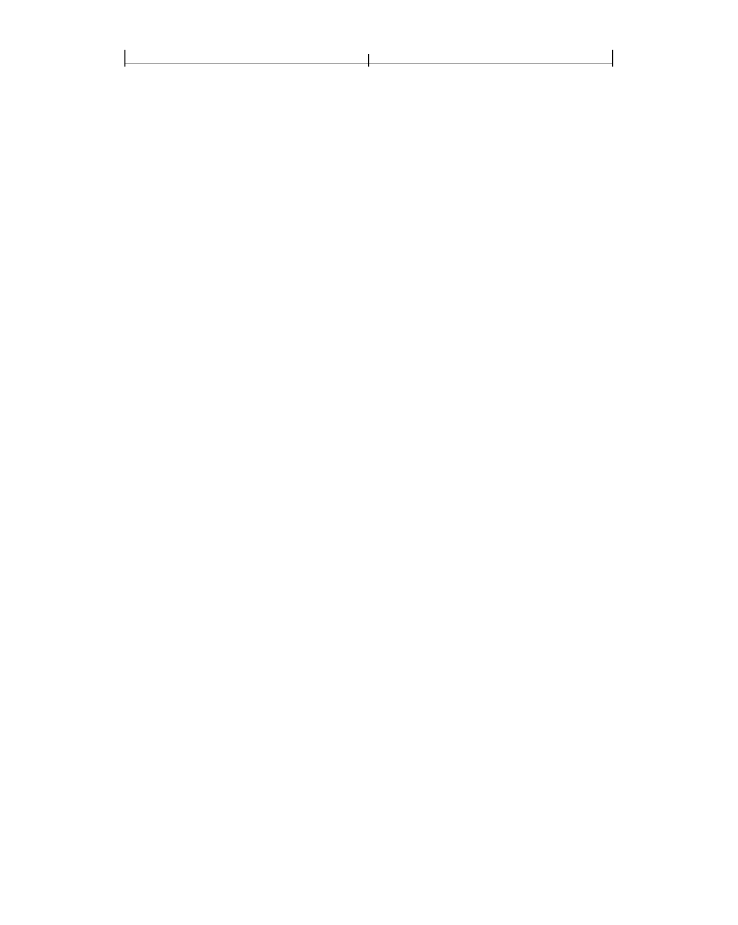
CHAPTER 4
250
Graphics
chromaticity coordinates and uppercase letters to specify tristimulus values. Giv-
en this information,
Matrix
and
WhitePoint
can be found as follows:
z
=
y
W
× ( (
x
G
–
x
B
) ×
y
R
–
(
x
R
–
x
B
) ×
y
G
+
(
x
R
–
x
G
) ×
y
B
)
y
R
(
x
G
–
x
B
) ×
y
W
–
(
x
W
–
x
B
) ×
y
G
+
(
x
W
–
x
G
) ×
y
B
-
Y
A
= -----
×
--------------------------------------------------------------------------------------------------------------------------------
z
R
x
R
-
X
A
=
Y
A
×
-----
y
R
⎛
1
–
x
R
⎞
-
Z
A
=
Y
A
×
⎜
-------------- –
1
⎟
⎝
y
R
⎠
y
G
(
x
R
–
x
B
) ×
y
W
–
(
x
W
–
x
B
) ×
y
R
+
(
x
W
–
x
R
) ×
y
B
-
-----
×
-------------------------------------------------------------------------------------------------------------------------------
Y
B
= – -
z
G
x
G
-
X
B
=
Y
B
×
-----
y
G
⎛
1
–
x
G
⎞
-
Z
B
=
Y
B
×
⎜
-------------- –
1
⎟
⎝
y
G
⎠
y
B
(
x
R
–
x
G
) ×
y
W
–
(
x
W
–
x
G
) ×
y
R
+
(
x
W
–
x
R
) ×
y
G
Y
C
= -----
×
---------------------------------------------------------------------------------------------------------------------------------
z
B
x
B
-
X
C
=
Y
C
×
-----
y
B
⎛
1
–
x
B
⎞
Z
C
=
Y
C
×
⎜
-------------- –
1
⎟
⎝
y
B
⎠
X
W
=
X
A
×
R
+
X
B
×
G
+
X
C
×
B
Y
W
=
Y
A
×
R
+
Y
B
×
G
+
Y
C
×
B
Z
W
=
Z
A
×
R
+
Z
B
×
G
+
Z
C
×
B
Lab Color Spaces
A
Lab
color space is a CIE-based
ABC
color space with two transformation stages
(see Figure 4.14 on page 245). In this type of space,
A, B,
and
C
represent the
L*,
a*,
and
b*
components of a CIE 1976
L*a*b*
space. The range of the first
(L*)
component is always 0 to 100; the ranges of the second and third
(a*
and
b*)
components are defined by the
Range
entry in the color space dictionary (see
Plate 3 illustrates the coordinates of a typical
Lab
color space; Plate 4 compares
the gamuts (ranges of representable colors) for
L*a*b*, RGB,
and
CMYK
spaces.